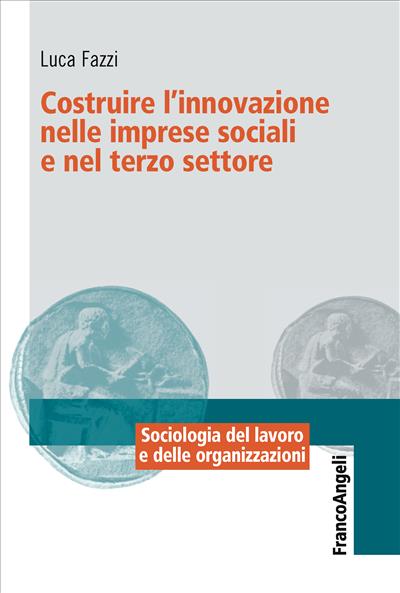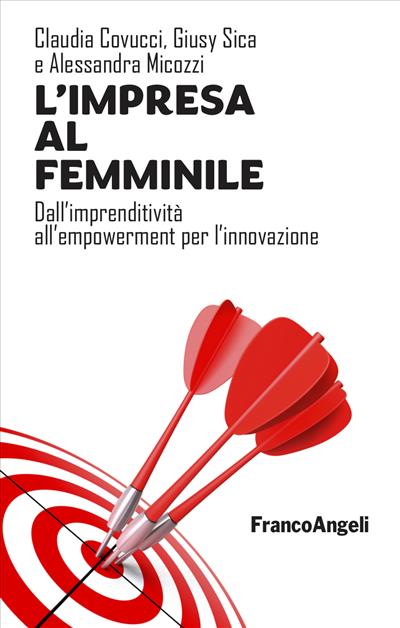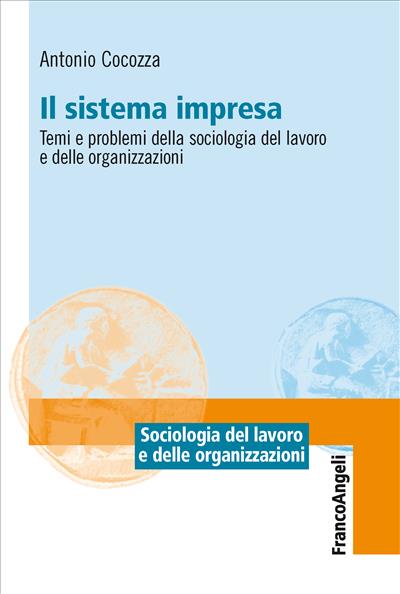
Italy today 2006.
Social picture and trends
The fortieth edition of the Annual Report on the Italy’s social situation focuses on providing a detailed analysis of instances of economic recovery, on interpreting the socio-political dynamics that have been prevalent over recent months and on pinpointing the real processes of growth within Italian society. The report includes analyses of the following sectors: training, employment, welfare, health, local areas, networks, private businesses, security, citizenship, innovation, media and institutional communication.
Pagine: 256
ISBN: 9788846488817
Edizione: 1a edizione 2007
Codice editore: 2000.1192
Disponibilità: Discreta




